Culture

Inca Miniature Tunic
This cotton and camelid hair tunic dates from the 14th-16th century CE in Peru, and was simply constructed from a rectangle of fabric, with a slit for the neck and open sides for the arms.
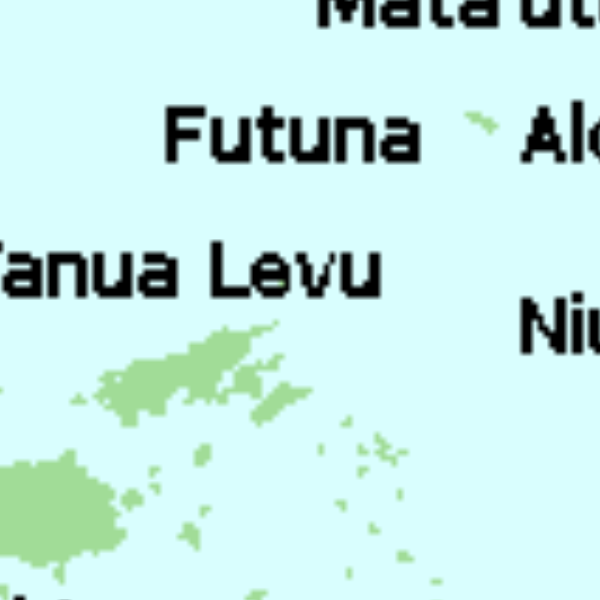
Tu'i Tonga Empire Map
The Tu’i Tonga Empire was an Oceanic maritime chiefdom centered on the island of Tongatapu, the main island of Tonga, and flourished between 1200-1500 CE.

Te Paranihi, or Maori War Canoe
Te Paranihi is a 17-meter (55 feet) war canoe, or waka taua, from the Maori culture indigenous to New Zealand.
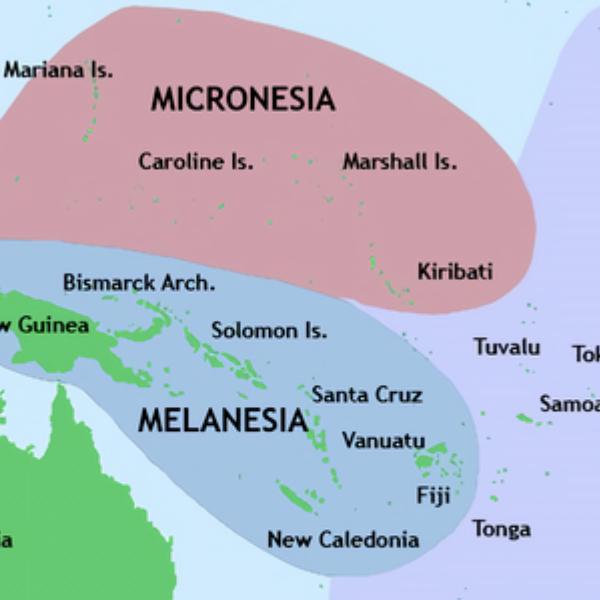
Pacific Culture Areas Map
This map illustrates the three dominant cultures in Oceania, Micronesia, Melanesia, and Polynesia, and which islands occupy each region. This map successfully highlights the number of island nations/cultures and the overall size of Oceania.
Polynesian Oral Traditions
This collection compiled by Rawiri Taonui, a professor of Indigenous Studies, includes creation myths and stories about gods, the origin of humanity, and cultural heroes for several Polynesian cultures, such as Hawaii, Samoa, Tonga, Tahiti, and numerous others.

Moai on Easter Island
The Moai are large statues on Easter Island in Oceania, known for their distinctive head and facial features. The moai were created by the Rapa Nui people likely between 1250 and 1600 CE.
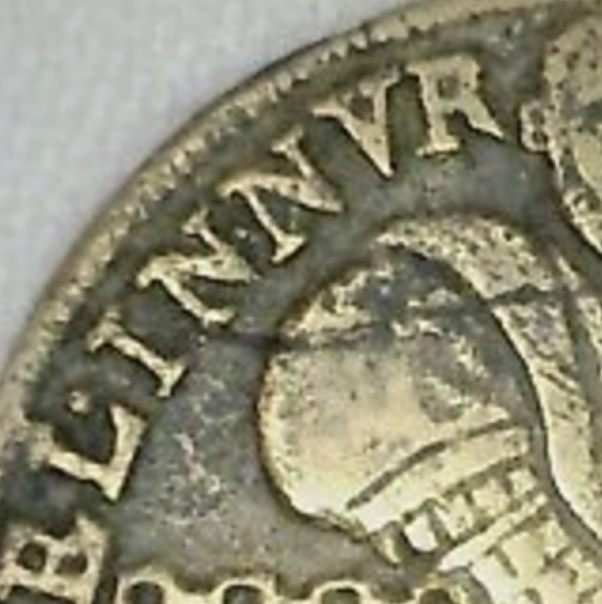
Early Modern Counter
An early modern counter of the "Reichenmaster" style, with one side showing a picture of a man using a counting board and the other side showing the alphabet. These counters were used in classrooms to teach students both to read and perform basic arithmetic.
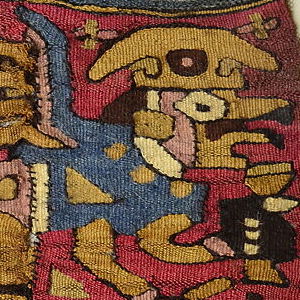
Coca Bag
This coca bag is from the Moche culture that existed in Peru between the period of 100 to 700 AD. The Moche are known for their ceramics, textiles, and metalworking practices, and this bag demonstrates the skill of Moche weavers.

Meroitic Script
The Meroitic Script was used in the Kingdom of Kush beginning in the 3rd Century BCE, or the Meroitic Period, and had two forms, Meroitic Cursive and Meroitic hieroglyphs.
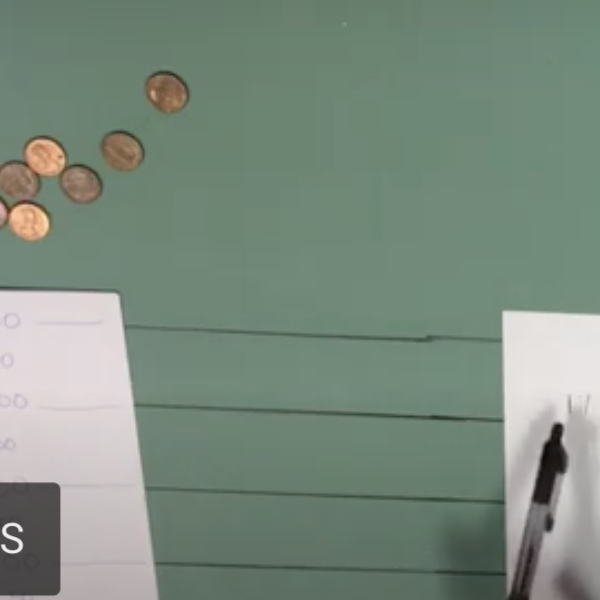
Division with an Early Modern Counting Board
Before the rise of literacy rates, counting boards such as the one featured in the video were the most common way to perform arithmetic. After pen-and-paper arithmetic replaced counting boards, Arabic numerals also became dominant throughout Europe.